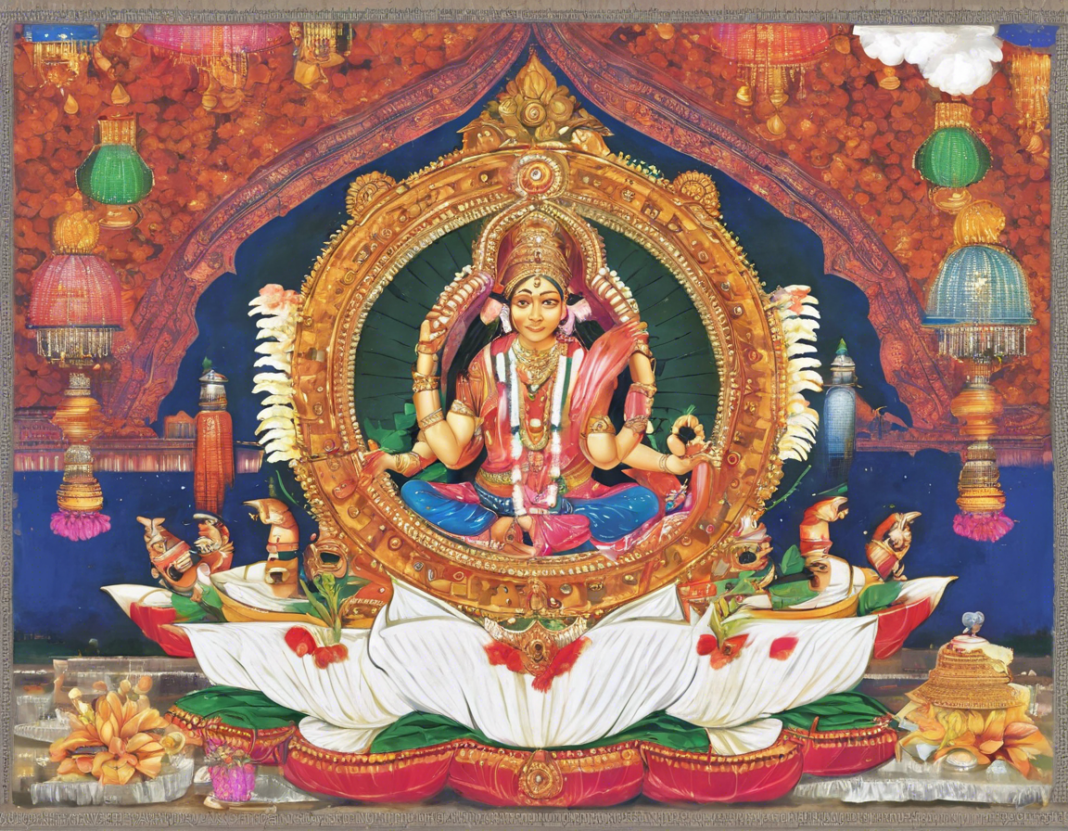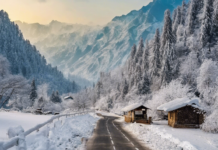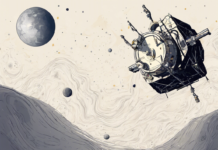Nepal and India, two neighboring countries in South Asia, boast rich and diverse cultures that have been shaped over centuries. Despite sharing some similarities due to their proximity, these two nations also exhibit distinct characteristics that set them apart. In this blog post, we will delve into a comparative analysis of Nepalese and Indian cultures, exploring various aspects such as language, religion, cuisine, festivals, and social norms.
Language:
Nepal’s official language is Nepali, spoken by the majority of the population. In contrast, India is a linguistically diverse country with Hindi being the official language at the national level. However, India recognizes 22 other languages as scheduled languages, showcasing the linguistic richness of the country.
Religion:
Both Nepal and India are known for their religious diversity. In Nepal, Hinduism is the major religion with a significant presence of Buddhism. On the other hand, India is a secular country with a plethora of religions including Hinduism, Islam, Christianity, Sikhism, Buddhism, and Jainism coexisting harmoniously.
Cuisine:
When it comes to food, both Nepalese and Indian cuisines are characterized by a blend of flavors and spices. Dal Bhat (rice and lentils) is a staple dish in Nepal, whereas in India, the variety of cuisines is vast, ranging from North Indian delicacies like Biryani and Butter Chicken to South Indian favorites like Dosa and Idli.
Festivals:
Festivals play a significant role in both Nepalese and Indian cultures, reflecting their traditions and beliefs. In Nepal, festivals like Dashain, Tihar, and Holi are widely celebrated. In India, festivals such as Diwali, Holi, Eid, and Christmas are observed with great enthusiasm and fervor.
Social Norms:
Social norms and customs vary between Nepal and India, influenced by factors like history, geography, and religion. In Nepal, arranged marriages are still prevalent in many communities, whereas in India, the practice of arranged marriages coexists with a growing trend of love marriages.
In conclusion, while Nepal and India share historical and cultural ties, they also exhibit unique characteristics that distinguish them from each other. The diversity in language, religion, cuisine, festivals, and social norms highlights the richness of South Asian cultures, making both countries fascinating destinations for cultural exploration and discovery.
Frequently Asked Questions (FAQs):
1. Are Nepalese and Indian cultures similar due to their geographical proximity?
Despite their proximity, Nepalese and Indian cultures exhibit distinct characteristics shaped by their unique histories and traditions.
2. What are the major religions in Nepal and India?
Hinduism is the major religion in Nepal, while India is home to diverse religious beliefs including Hinduism, Islam, Christianity, Sikhism, Buddhism, and Jainism.
3. What are some popular dishes in Nepalese and Indian cuisines?
Dal Bhat is a staple dish in Nepalese cuisine, while Indian cuisine offers a wide range of delicacies like Biryani, Butter Chicken, Dosa, and Idli.
4. Which are the major festivals celebrated in Nepal and India?
Nepal celebrates festivals like Dashain, Tihar, and Holi, while India observes Diwali, Holi, Eid, and Christmas among others.
5. How do social norms differ between Nepal and India?
Arranged marriages are common in Nepal, whereas India sees a mix of arranged and love marriages along with varying social customs and traditions.






